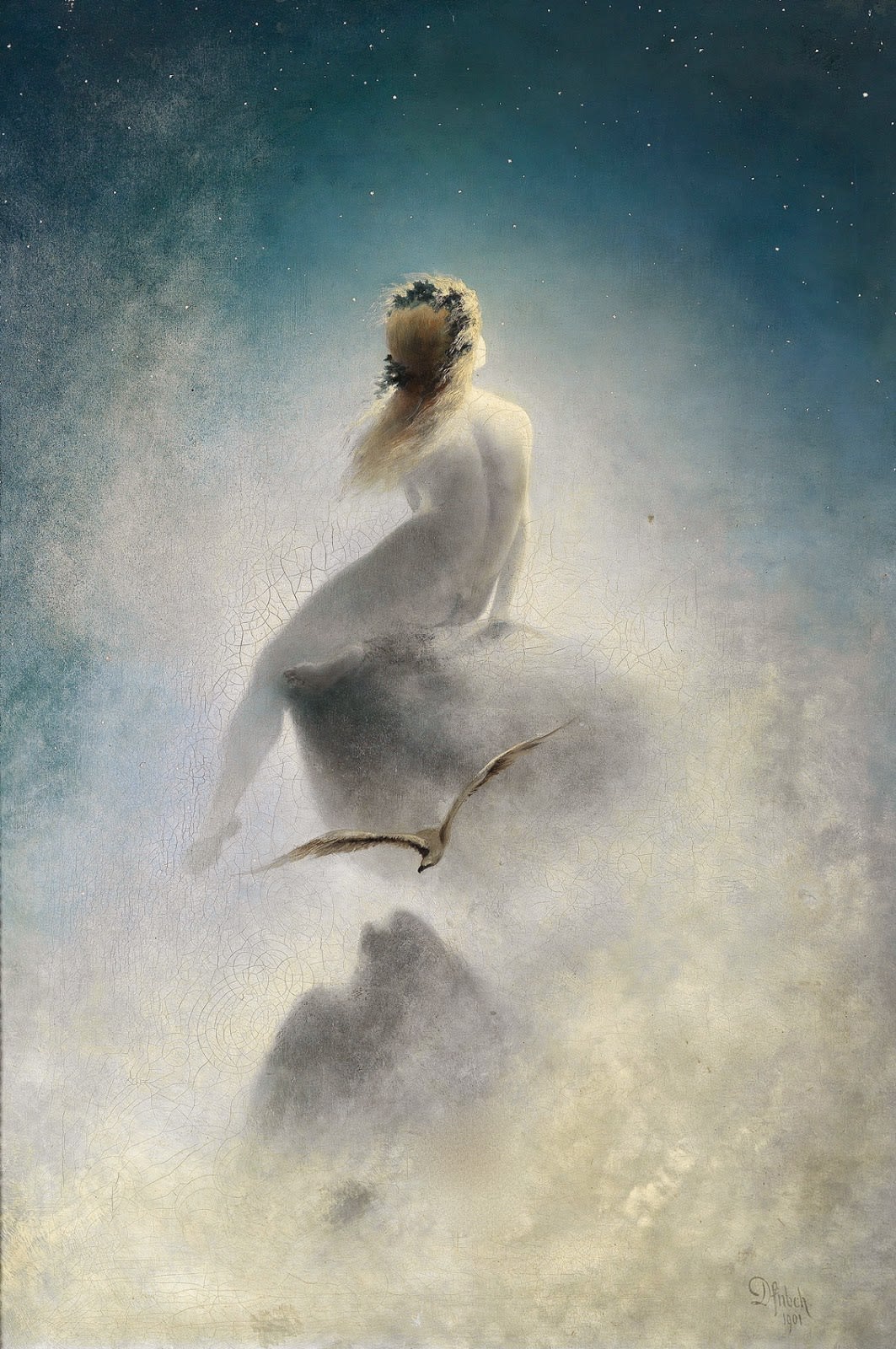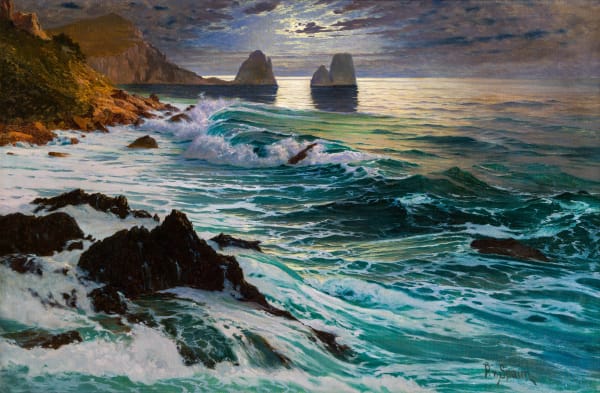GIOVANNI BATTISTA CREMA
Night scene with characters, 1905









Subscribe to our newsletter to receive all the news about exhibitions, fairs and new acquisitions!